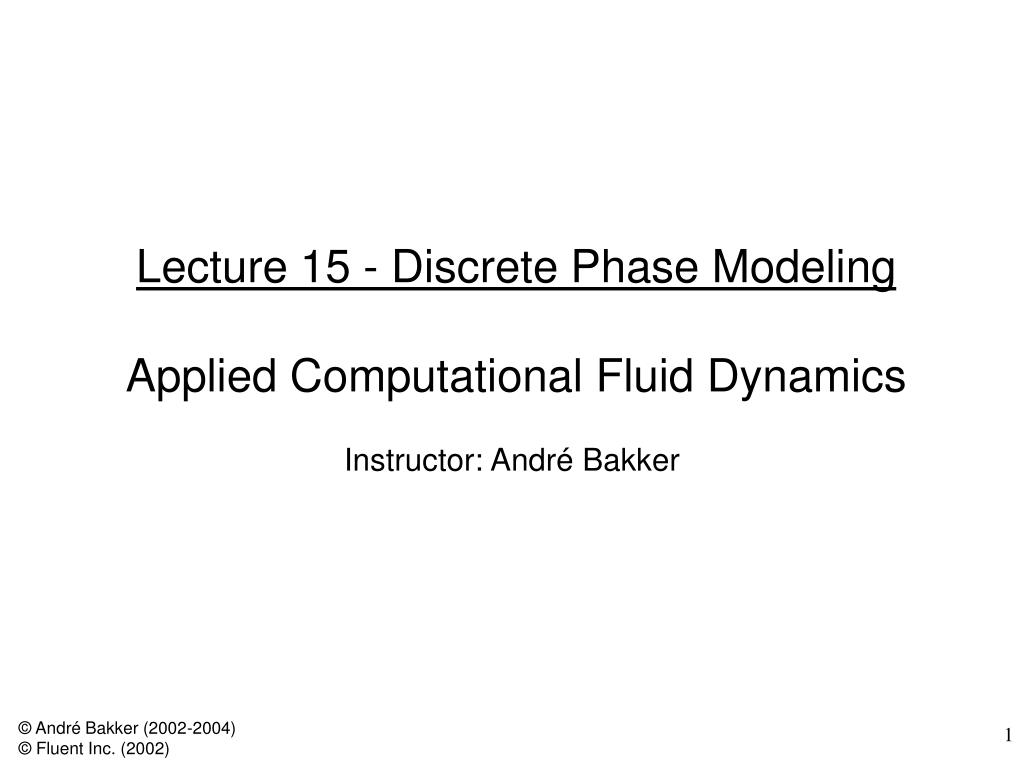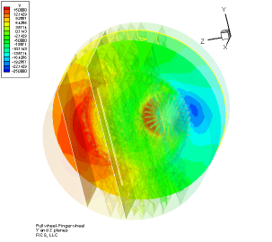
If machine learning has emerged as a promising alternative to knowledge models, interpretability remains crucial to developing human trust and process safety. This ensemble of data-driven modeling techniques seeks to exploit underlying low-dimensionality and sparsity in data, while also dealing with corrupted or under-resolved data. The recent and rapid increase in the availability of data has spurred the development of many data-driven methods for modeling and predicting dynamics, leading even to the discovery of physical models. Knowing the first principle equations is far from being sufficient because many parameters may display a high degree of uncertainty or can even be unknown. The problems encountered in the real world (gas turbine turbomachinery, oil reservoirs production, water resource systems, cardiovascular flow modeling, and turbulence modeling to name a few) are intrinsically multi-physical and multi-scale, making them extremely difficult to understand and to model. These new approaches aim to increase our understanding of the fundamental mechanisms encountered in engineering, geophysical, and biomedical applications, but also to develop efficient optimization and control strategies with the extensive use of machine learning. To be effective, these models should embed physical constraints leading to hybrid (physics-based + data-driven) modeling.


The objective is to enable predictive and sufficiently robust models at a fraction of the computational cost of the high-fidelity, first principle-based models. With the abundance of data offered by modern experimental and numerical approaches, fluid dynamics is in the enviable position of bridging the gap between traditional physics-based and purely data-driven modeling.


 0 kommentar(er)
0 kommentar(er)
